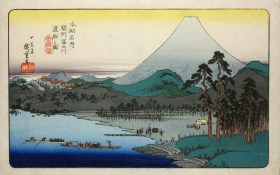Hong Kong can be a daunting city to visit. Wedged right between protruding mountains and the sea, as well as between different political climates, Hong Kong is crammed into a tiny, but extremely dense urban space that can easily overwhelm anyone by its sheer sensory overload. Lights are always flashing, car horns are always beeping and people always seem to be rushing off somewhere. It is not merely a city that never sleeps – it seems to be a city that doesn’t even stop to draw breath.
And yet within the city are an array of vibrant artistic communities and hubs that offer a much needed respite from the daily intensity of Hong Kong life for locals and visitors alike… if only you know where to go. They are close-knit, so it can be difficult to accidentally stumble upon them as you may in other cities. This means it’s imperative if you visit Hong Kong (and you should!) to seek out and directly interact with these artistic communities and experience their contribution to the life and culture of the city.
Cultural destinations in Hong Kong
M+
Opened in 2021, M+ is a recent addition to the local art scene that serves as a perfect introduction to understanding visual arts and culture in Hong Kong. As the “plus” in the name suggests, M+ aims to be more than merely another big-budget modern art museum, but rather a means to display all elements of Hong Kong’s unique visual culture in a more holistic manner. The architecture, fashion and other visual elements of Hong Kong’s daily life, such as industrial goods and advertising posters, are displayed alongside its impressive collection of modern and contemporary visual art.
It is unapologetically tied to Hong Kong, featuring wide windows in exhibition spaces that offer unique views of the city’s skyline in direct contrast to the exhibits in a “curated” manner. Be sure to spend some time in the area when it gets dark for a glimpse of the M+ Collects Neon project, Conserving Neon Culture, a crowd-sourced archive of Hong Kong’s disappearing neon lights, which offers a glimpse of old Hong Kong. Another show on neon signs has also been held at Tai Kwun (see below).
Apart from its permanent display, M+ often presents interactive workshops and screenings with an emphasis on Hong Kong alongside temporary exhibits. At the time of writing, a special exhibition offered a fascinating view of the world of Madame Song, a Chinese fashion icon and socialite who helped bring Chinese fashion and culture into the global spotlight, showing until 19 April 2024.

Tai Kwun
Crossing onto Hong Kong Island, Tai Kwun is located on the famously artistic Hollywood Road that should be a first stop for art-lovers in Hong Kong.
Much like in Australia, Hong Kong has seen a recent trend of repurposing British colonial buildings into unique art spaces as a way of preserving local urban heritage and providing a platform for new creative ideas to flourish. In the case of Tai Kwun, the Central Prison on Hong Kong island – a key symbol of the British colonial era – has been transformed into an award-winning arts and culture complex comprising various art galleries, shops, restaurants and courtyards.
The biggest art space in Tai Kwun, named Tai Kwun Contemporary, is a three-level art gallery that includes a program showcasing Hong Kong and international artists. The second floor is an Artists’ Book Library that acts as a good “half-time” venue for shows and continues Hong Kong’s strong link between bookshops and the arts community.
Aside from the galleries, walking around the complex can offer a much needed change of pace to the rest of the city that delivers a sense of peace (and even a rare sense of quiet) if you come on the right day, right in the middle of Hong Kong city. A short walk around the complex, following the heritage guides, offers insights into how the colonial prison functioned, and the prospect of a quiet, albeit expensive, coffee or full meal at one of the restaurants in the main courtyard. Tai Kwun’s past history has been turned in a positive sense to offer respite from the rest of the city, with its spacious courtyards a welcoming space for the public.
A spectacular exhibition when this writer visited was the free-to-enter Vital Signs (30 June to 3 September), a celebration of Hong Kong’s visual identity through the neon lights that were once central to Hong Kong’s streetscapes.
PMQ
Just a few minutes down Hollywood Road from Tai Kwun, lies its spiritual laid-back cousin, PMQ. Like Tai Kwun, PMQ is also a colonial-era police institution (the Police Married Quarters) that has been repurposed into an arts hub – this time a local artisanal bazaar where you can find over 100 different artisans with stores, studios, restaurants, galleries and other local creative spaces.
Rooms throughout the twin towers of PMQ have been leased to different local artists and institutions, and as such each room has developed a unique character according to the lessee. It is worth checking the website, as there are many pop-ups, with a constant rotation of different artisanal shops and exhibitions. There are vintage clothes stores, sake bars and even Glocal Mahjong – a craft store dedicated to artisanal interpretations to the national pastime of Mahjong!
The courtyard that separates the twin buildings of PMQ is also a place of action, where there are sometimes events and, on a sunny day, lots of city-dwellers just hanging out and enjoying a rest from the city. From there you can also access the QUBE multipurpose hall, which is often used as a venue for all sorts of different activities, some of which are open to the public.
Read: Postcard from Edinburgh
Foo Tak Building
From the outside, it would be easy to mistake Foo Tak Building as just another unassuming tower block in the busy district of Wan Chai. Going inside, however, especially entering the sticker-bombed elevator, it’s instantly apparent this is not your typical residential tower block. For Foo Tak Building is a concentration of studios, art galleries, independent bookstores and media outlets, all of which lease from the same landlord who keeps rents low in order to transform this building into an artists’ village hidden in plain sight.
Here it’s possible to witness the Hong Kong art scene at its rawest and most authentic. Many of the spaces in Foo Tak Buidling are private studios, which are only open to the public for special events, while other spaces are independent bookshops and galleries that are always open to the public.
It’s best to start on the top floor, at ACO Bookstore, an independent book and curation space store that sells books, zines and other publications in Chinese and English, with an emphasis on local authors and artists. There are often book readings and similar events. From there it’s fun to wind down the stairs and let yourself be surprised by the interesting variety of spaces, which includes Word by Word, an independent bookstore and gallery space that specialises in food-related publications, Twenty Alpha, a music studio run by local musician Nerve, and Sankofa, an association for African art and culture.
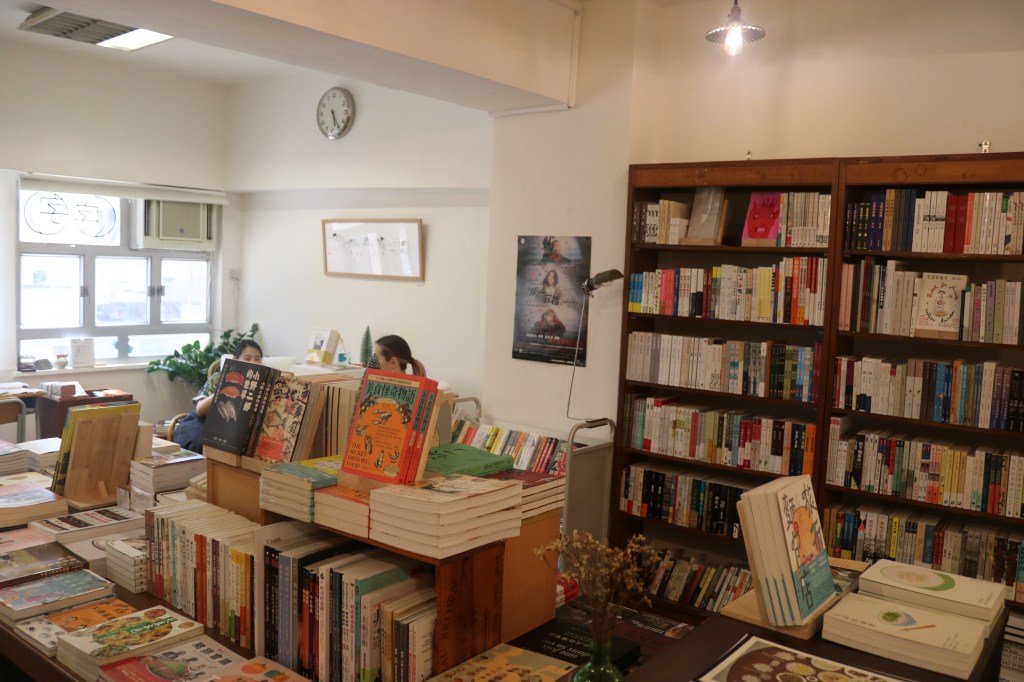
Cattle Depot Artist Village
Opening in 2001, the Cattle Depot Artist Village was one of the first artist villages to emerge in Hong Kong and it has since provided the blueprint and inspiration for many art villages and hubs in the centre of the city (including some on this list). As the name suggests, it was repurposed from a slaughterhouse – an identity that the space still references, with many of the cattle-related features of the place still present.
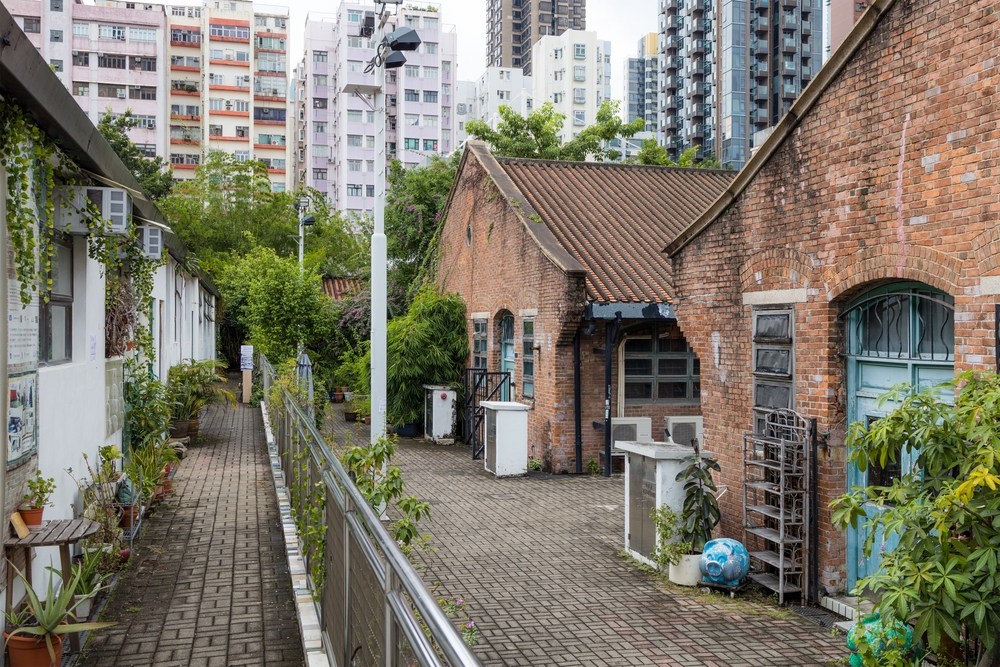
The village is not fully open to the public. However, galleries like the 1a space and Frog King Kwok Museum are usually open for visits. The Frog King Kwok Museum especially is an oddity and a recommended stop. Its director, the aptly named Frog King, is an eccentric and significant figure within the Hong Kong art scene, thanks to his Frogtopia and artistic obsession with frogs (from way before Pepe the Frog emerged!).
My Secret Garden, Peng Chau Island
Peng Chau Island, just off of Lantau Island, is a true anomaly in Hong Kong. It used to be an industrial centre with many factories. Today, however, there are no high rises and bikes are more popular than motorised vehicles. In the midst of the industrial waste that still litters the island is My Secret Garden (aka Leather Factory), an open arts studio and project created out of the remains of a defunct cowhide factory that takes advantage of industrial trash and repurposes it into living, breathing art.
Here disparate pieces of dumped material have been given equally diverse second lives. There is a cluster of dumped painted chairs; bike skeletons across the grounds give an eerie sensation; and attendees can even come up to the artists and talk of any ideas – just don’t contribute to the litter yourself!
Be sure to plan your trip to Peng Chau Island. It is relatively remote by Hong Kong standards and, as you are visiting a small island, you are reliant on boats, so be sure to keep an eye on the timetable.
Understanding Hong Kong through the artistic community
The art communities in Hong Kong offer a unique perspective on the life and culture of this remarkable, dynamic place. Visiting these small communities shows the vitality and creativity that thrives beneath the busy urban surface of Hong Kong. They offer the opportunity to practise and share art in distinct, secluded environments, escaping the day-to-day realities of Hong Kong, while simultaneously expressing a love for the city and enriching its cultural life – a perfect combination for visitors.
Read: 6 international art itineraries for 2023
Hong Kong is far from the cheapest place to stay, but there are ample possibilities for budget travel. The bonus is that most of these venues are free to attend (even for special events). These spots guarantee a taste of Hong Kong’s diverse, dynamic artistic communities that will intrigue and stimulate any traveller with an interest in contemporary art and its social context today.
This article is published under the Amplify Collective, an initiative supported by The Walkley Foundation and made possible through funding from the Meta Australian News Fund.

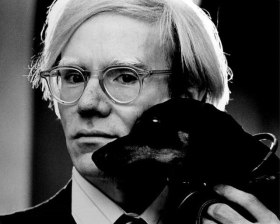
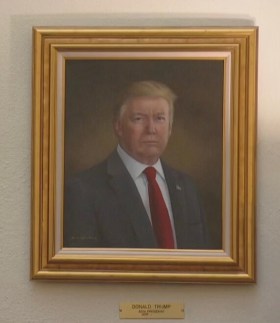
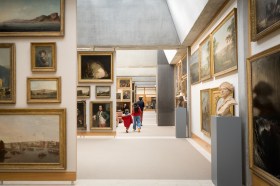
_Encounters-in-Reflection_Gallery3BPhoto-by-Anpis-Wang-e1745414770771.jpg?w=280)
